Your vehicle’s cooling system is essential for preventing engine overheating and ensuring optimal performance. Especially in high-performance European cars like BMW, Mini, Audi, and Mercedes-Benz, the cooling system plays a crucial role in maintaining the engine’s efficiency and longevity. At Pete’s Autohaus in Torrance, California, we specialize in cooling system repair services for European vehicles, helping you avoid costly engine repairs and ensuring your car runs smoothly in all conditions.
Understanding the Importance of Your Vehicle’s Cooling System
 The cooling system in your vehicle is responsible for regulating engine temperature, ensuring that it stays within a safe operating range. High-performance engines, such as those found in European cars, generate significant heat when in use. Without a properly functioning cooling system, this heat can cause engine components to wear prematurely, warp, or even fail entirely.
The cooling system in your vehicle is responsible for regulating engine temperature, ensuring that it stays within a safe operating range. High-performance engines, such as those found in European cars, generate significant heat when in use. Without a properly functioning cooling system, this heat can cause engine components to wear prematurely, warp, or even fail entirely.
In essence, the cooling system works by circulating a coolant fluid (a mix of water and antifreeze) through the engine block, absorbing heat and carrying it away to the radiator. There, the coolant is cooled down and sent back into the engine, repeating the process. Without this continuous cycle, your engine would overheat, potentially leading to severe damage and expensive repairs.
Common Components of a Cooling System
Understanding the key components of your car’s cooling system can help you spot potential issues before they become major problems. The cooling system consists of several integral parts, including:
- Radiator
The radiator dissipates heat from the coolant as it passes through the thin metal fins, allowing the heat to escape into the air. A malfunctioning radiator can lead to overheating. - Water Pump
The water pump ensures that coolant is circulated through the engine and radiator efficiently. If it fails, coolant won’t reach the engine, leading to overheating. - Thermostat
The thermostat regulates the flow of coolant through the engine. It opens and closes depending on the temperature, ensuring that the engine stays within the optimal temperature range. - Cooling Fan
The fan provides additional cooling by drawing air through the radiator when the car isn’t moving fast enough to generate airflow. - Hoses and Belts
These components help transport coolant and maintain the integrity of the cooling system. Cracked hoses or worn belts can lead to coolant leaks or improper coolant circulation. - Coolant Reservoir
This tank holds excess coolant, which is drawn into the system when needed. If the reservoir is empty or damaged, your cooling system may not have enough fluid to function properly.
Signs Your Cooling System Needs Repair
It’s important to be aware of the signs that indicate your cooling system may need repair. Addressing these issues early can help prevent more serious and expensive repairs down the line. Here are some common symptoms of cooling system problems:
1. Engine Overheating
The most obvious sign of a failing cooling system is an engine that overheats. If your temperature gauge climbs into the red zone, or if you notice steam rising from under the hood, it’s a clear indication that your cooling system isn’t working as it should. Overheating can quickly lead to severe engine damage, so it’s important to have your vehicle inspected right away.
2. Coolant Leaks
Coolant leaks are a common sign that your cooling system needs attention. If you notice green, yellow, or orange fluid pooling under your car, it could be leaking coolant. Leaks can occur from cracked hoses, a damaged radiator, or a malfunctioning water pump. If your car’s coolant levels drop too low, the engine won’t receive adequate cooling, leading to overheating.
3. Low Coolant Levels
If you frequently need to top off your coolant levels, it may be a sign of a leak or another issue within the cooling system. While coolant naturally evaporates over time, excessive coolant loss is often indicative of a more serious problem that should be addressed by a professional.
4. Poor Cabin Heating
In colder weather, the heating system in your car relies on the cooling system to function properly. If your heater is blowing cold air instead of warm, it could indicate that the coolant isn’t circulating through the engine correctly. This could be due to a thermostat issue or low coolant levels.
5. Visible Corrosion or Rust
Over time, corrosion or rust can build up in your cooling system, particularly in the radiator or water pump. This can block the flow of coolant or cause components to weaken and fail. If you notice visible rust or corrosion, it’s time to have your cooling system inspected and cleaned.
Why Cooling System Repairs Are Especially Important for European Cars
European cars, such as BMW, Mini, Audi, and Mercedes-Benz, are known for their advanced engineering and high-performance engines. These vehicles generate more heat than standard cars, which places greater demands on their cooling systems. A well-functioning cooling system is essential to maintaining the precision and performance of these vehicles.
Neglecting cooling system maintenance or repairs in European cars can result in severe consequences, including warped engine components, head gasket failure, or even a complete engine overhaul. These repairs can be especially costly for European vehicles due to the complexity of their designs and the high-quality materials used in their construction.
At Pete’s Autohaus, we understand the unique needs of European vehicles and have the expertise required to provide specialized cooling system repairs that meet the exacting standards of BMW, Mini, Audi, and Mercedes-Benz. We use the latest diagnostic tools and OEM (Original Equipment Manufacturer) parts to ensure that your vehicle’s cooling system operates efficiently and reliably.
Comprehensive Cooling System Services at Pete’s Autohaus
At Pete’s Autohaus, we offer a full range of cooling system services designed to keep your vehicle in peak condition. Whether your car is overheating, leaking coolant, or simply due for routine maintenance, our experienced technicians are here to help. Our services include:
1. Cooling System Diagnostics
If you’re experiencing cooling system problems, our technicians will perform a thorough diagnostic check to identify the root cause of the issue. Using state-of-the-art equipment, we can pinpoint problems such as leaks, faulty thermostats, or a failing water pump, and recommend the appropriate repairs.
2. Radiator Repair and Replacement
Your radiator is one of the most critical components of your cooling system. If your radiator is damaged or leaking, we can repair it or replace it with a high-quality OEM or aftermarket part to ensure optimal cooling efficiency.
3. Water Pump Replacement
A faulty water pump can prevent coolant from circulating through the engine, leading to overheating. We provide water pump repair and replacement services to keep your engine running at the correct temperature.
4. Thermostat Replacement
If your thermostat isn’t functioning properly, it can prevent coolant from flowing through the engine, causing overheating or poor cabin heating. We can replace faulty thermostats to restore proper temperature regulation.
5. Coolant Flush and Refill
Over time, coolant can become contaminated with debris or lose its effectiveness. We offer coolant flush services to remove old fluid and replace it with fresh coolant, ensuring that your system remains clean and effective.
6. Hose and Belt Replacement
Worn or cracked hoses and belts can lead to coolant leaks and poor system performance. We offer hose and belt inspections and replacements to keep your cooling system running smoothly.
Why Choose Pete’s Autohaus for Cooling System Repair?
At Pete’s Autohaus, we pride ourselves on offering expert cooling system repair services for European vehicles in Torrance, California. Our experienced technicians specialize in working with BMW, Mini, Audi, and Mercedes-Benz, and we understand the unique challenges these vehicles present. Here’s why Pete’s Autohaus is the best choice for your cooling system repair needs:
- European Vehicle Expertise
We have extensive experience working with European vehicles, ensuring that your car receives the specialized care it needs. - Quality Parts
We use only OEM or high-quality aftermarket parts to ensure that your cooling system repairs are durable and reliable. - Transparent Pricing
We provide clear, upfront pricing so you know exactly what to expect before any work begins. - Exceptional Customer Service
Our team is dedicated to providing outstanding service, ensuring that you have a smooth and hassle-free experience.

Schedule Your Cooling System Repair Today
Don’t wait until your engine overheats to address cooling system problems. If you’re experiencing any signs of cooling system issues, contact Pete’s Autohaus in Torrance, California today to schedule a cooling system repair. Our expert technicians are ready to keep your BMW, Mini, Audi, or Mercedes-Benz running at its best. Reach out to us now to book your appointment and ensure your vehicle stays cool on the road.
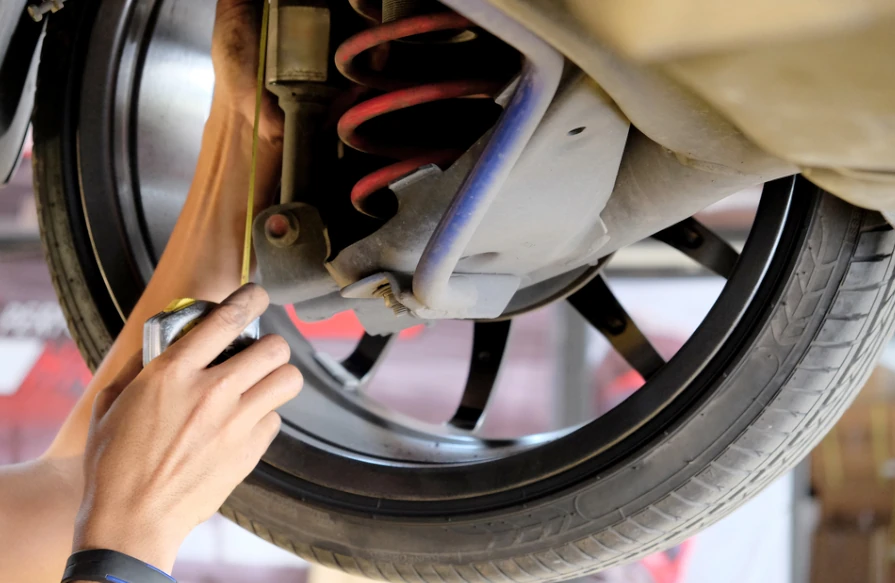

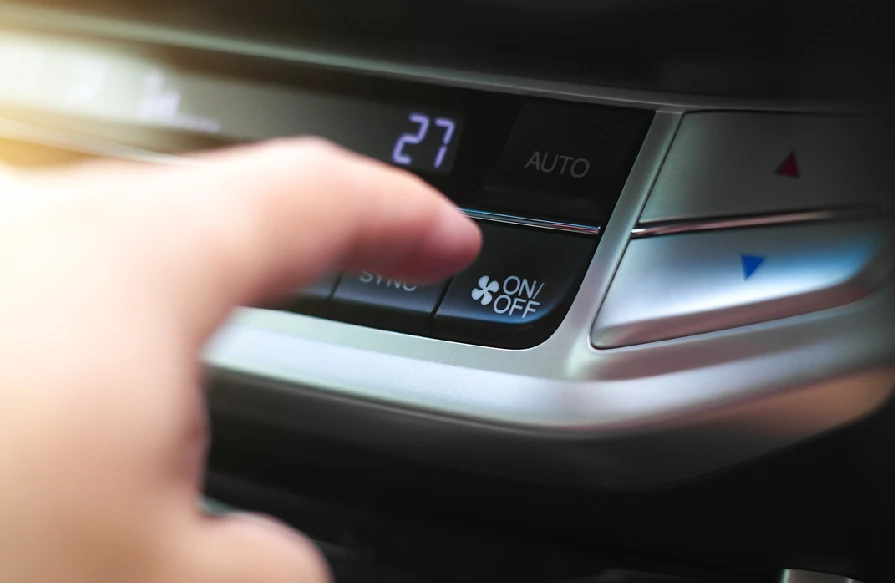

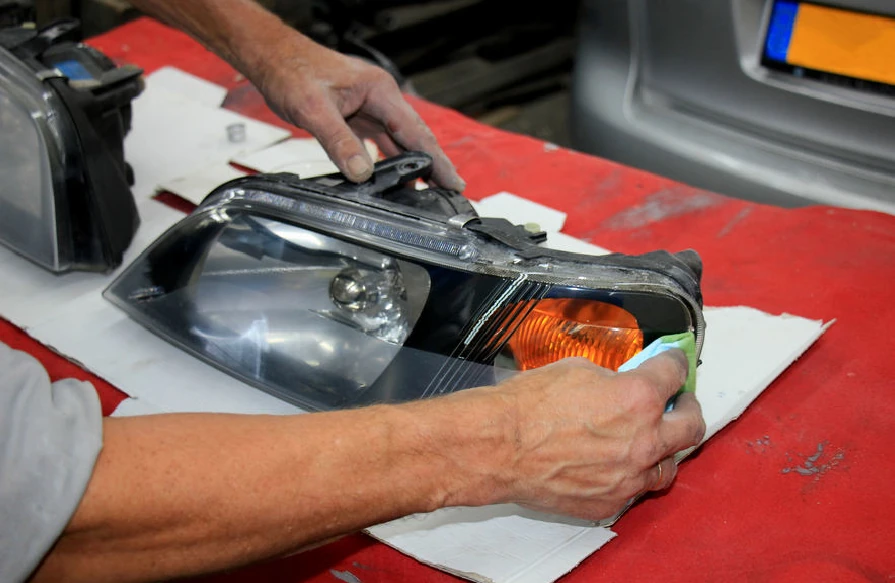
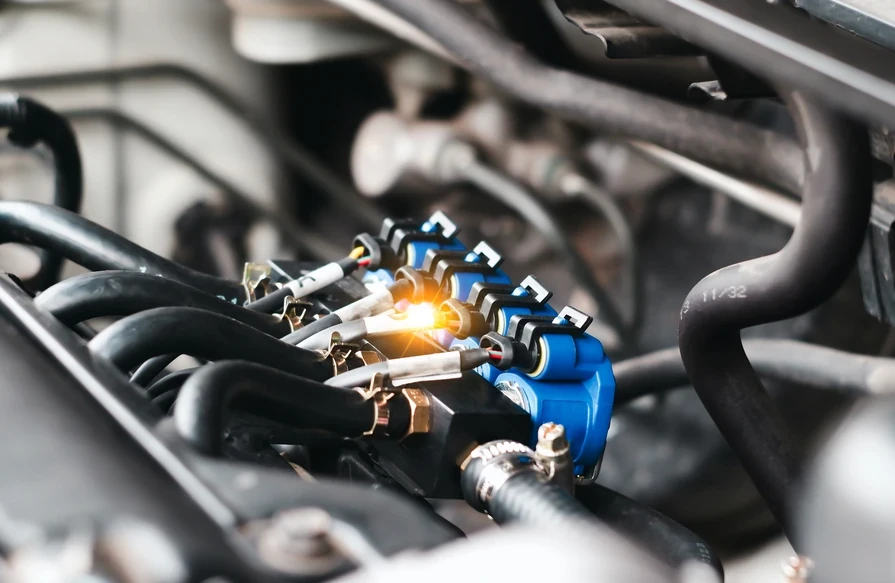
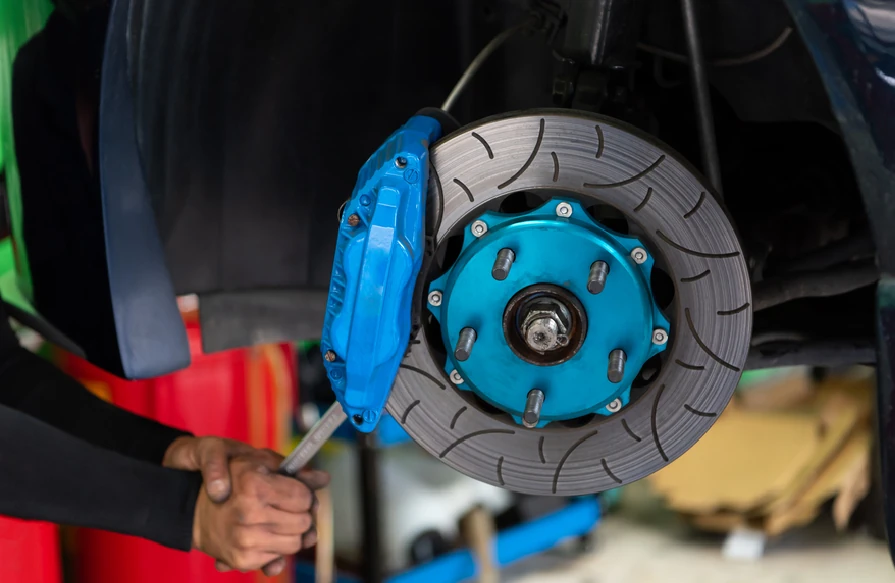
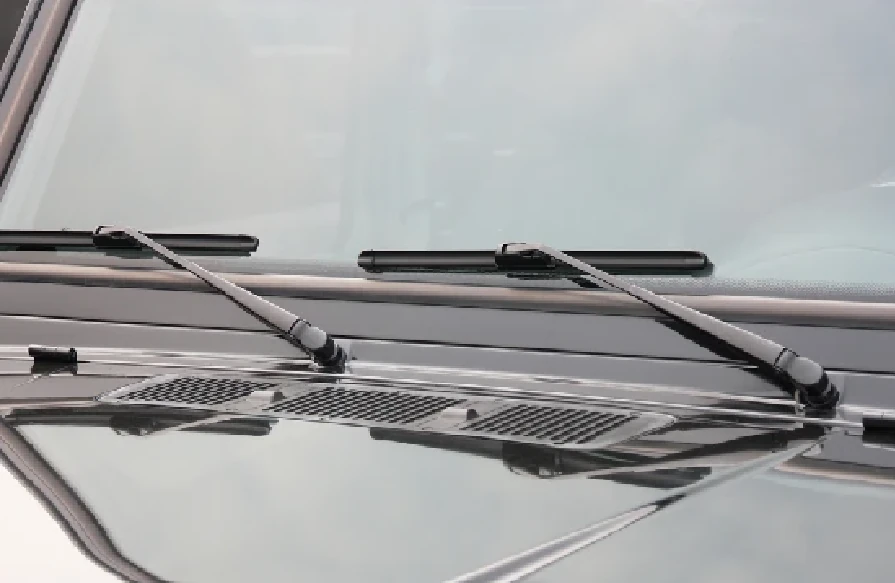
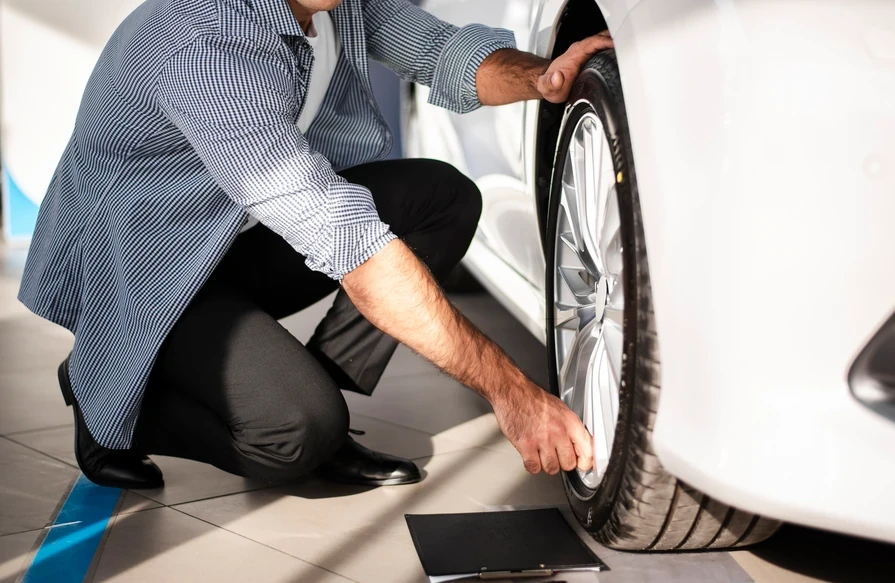
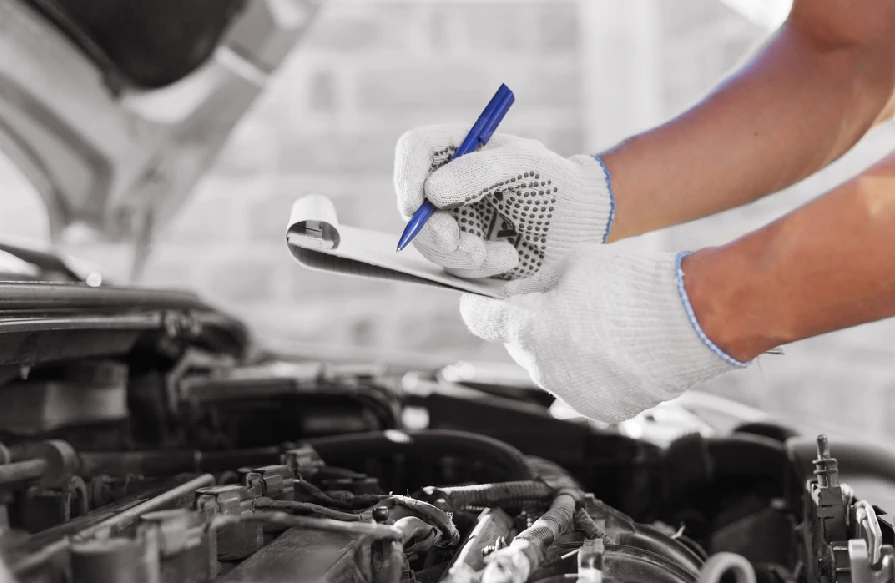
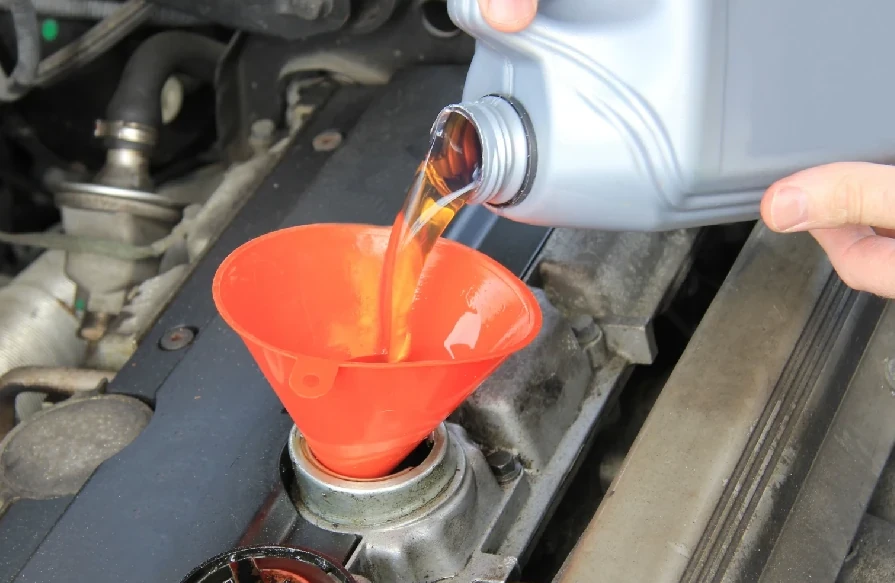

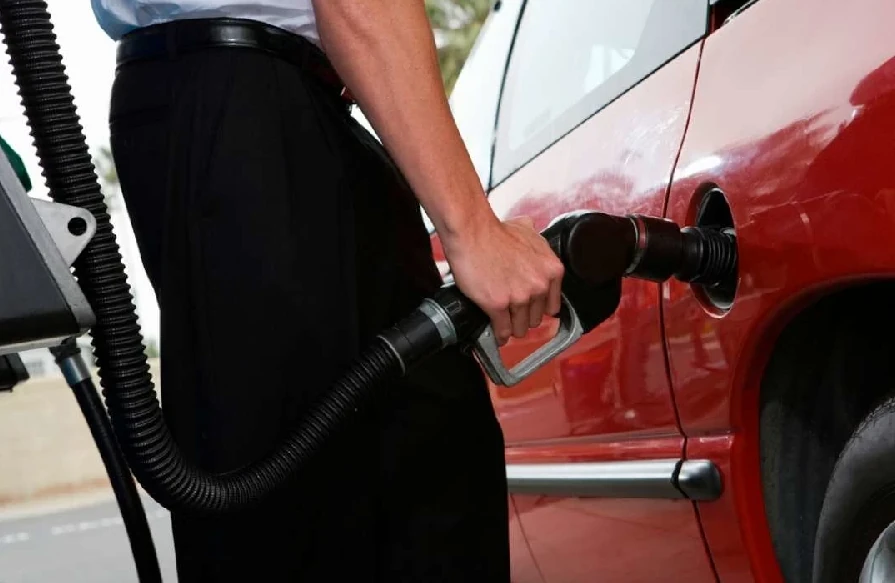
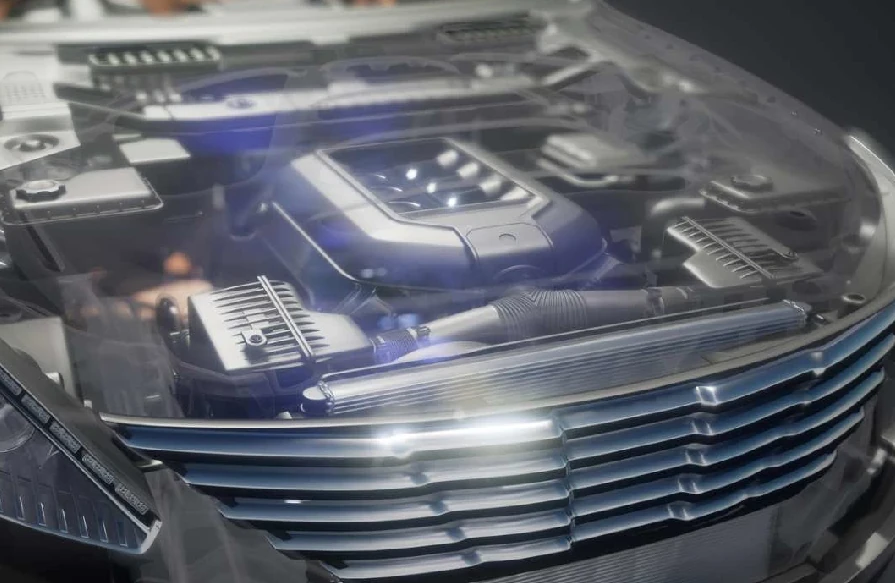
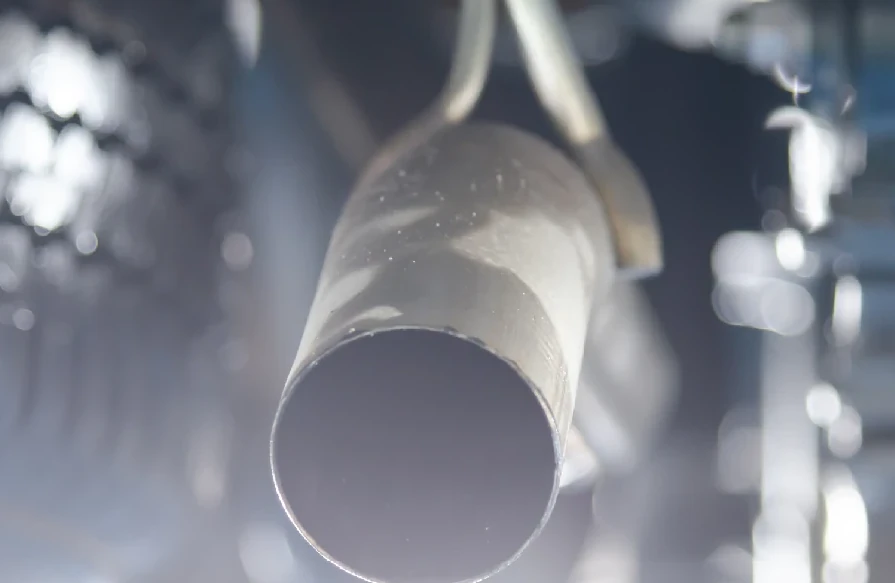
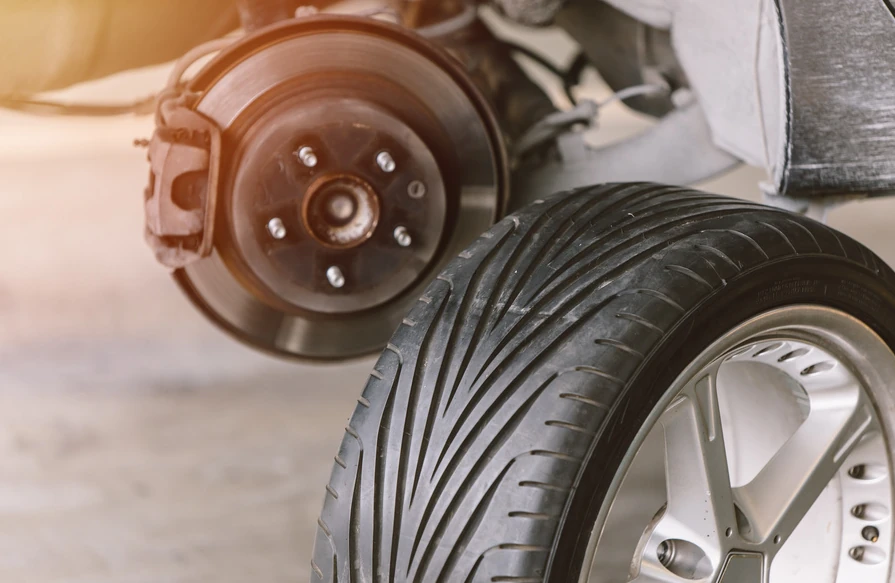
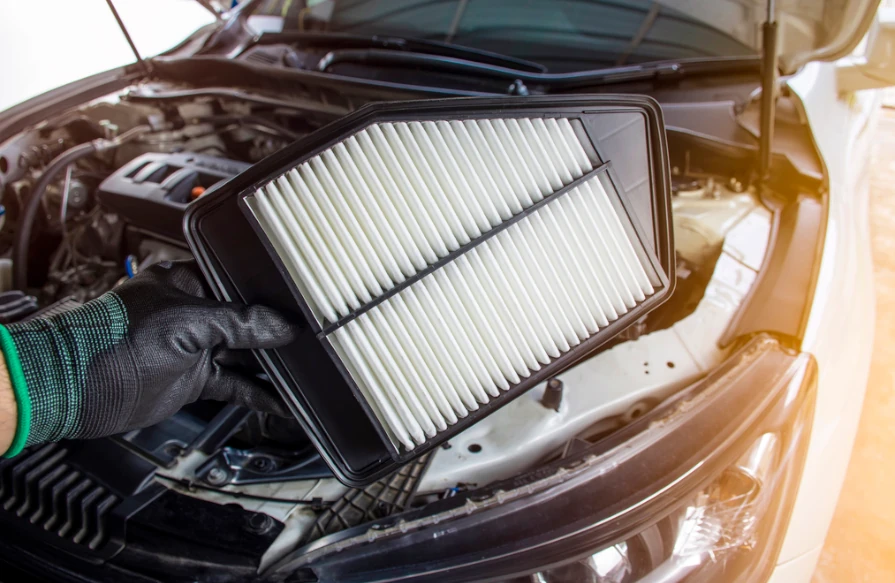
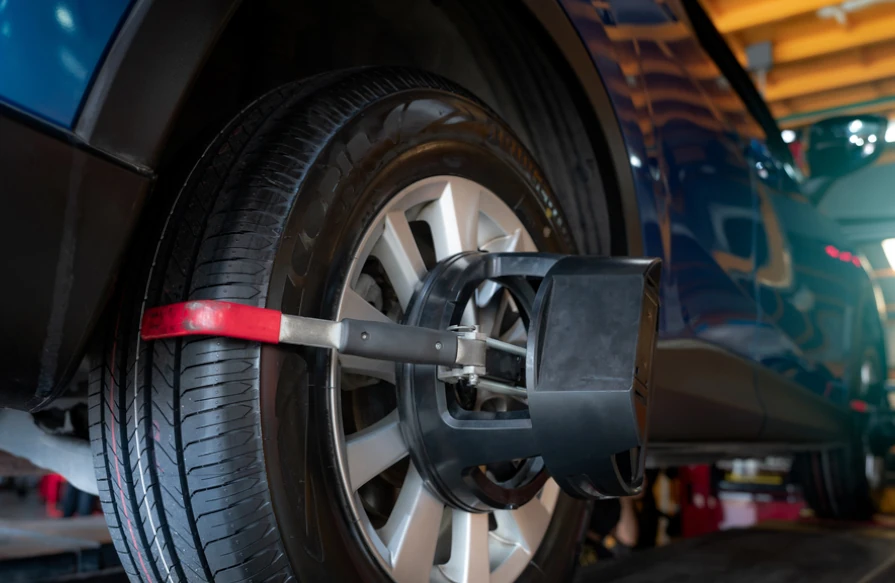
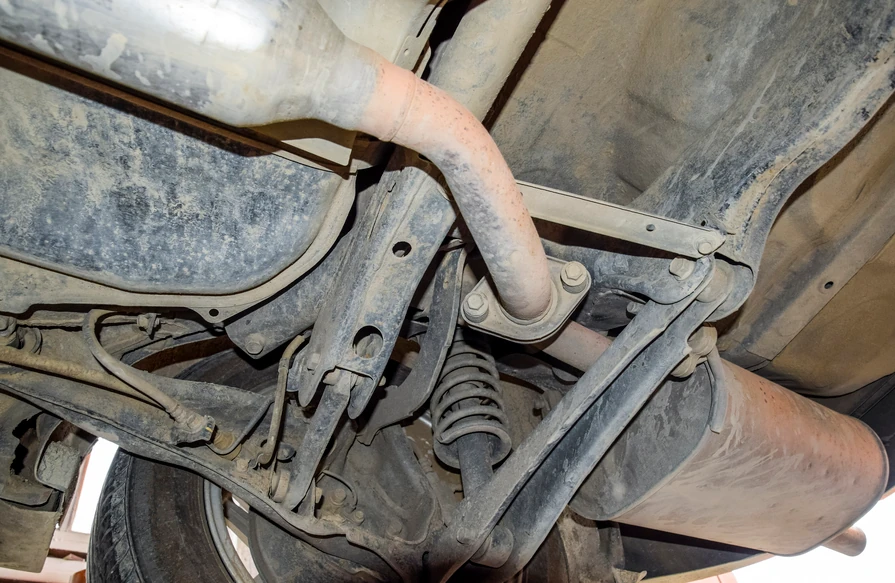
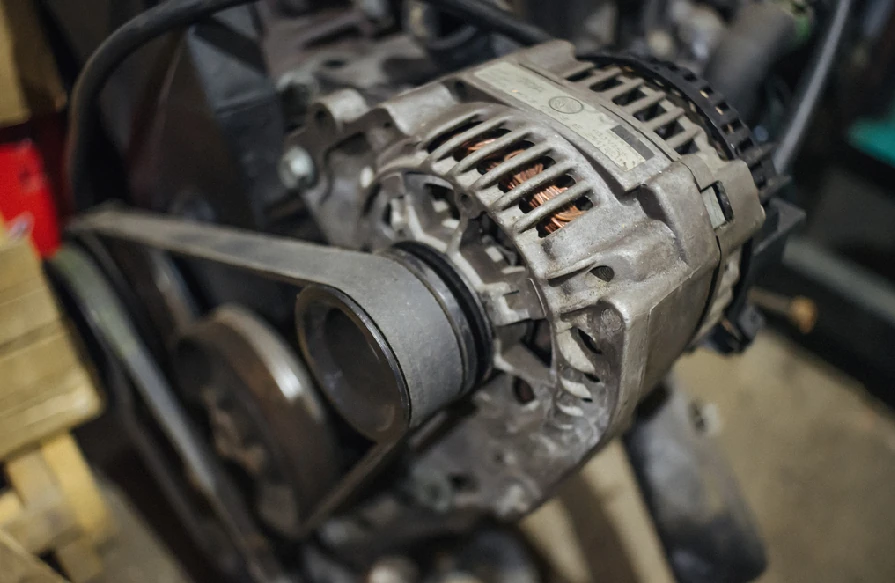

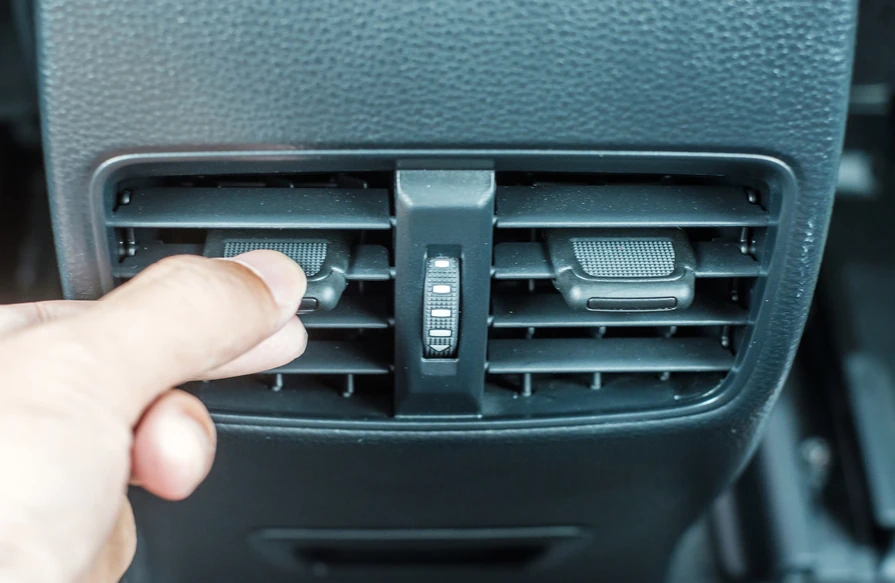
 The
The 